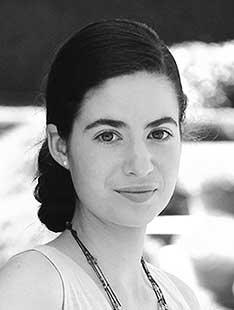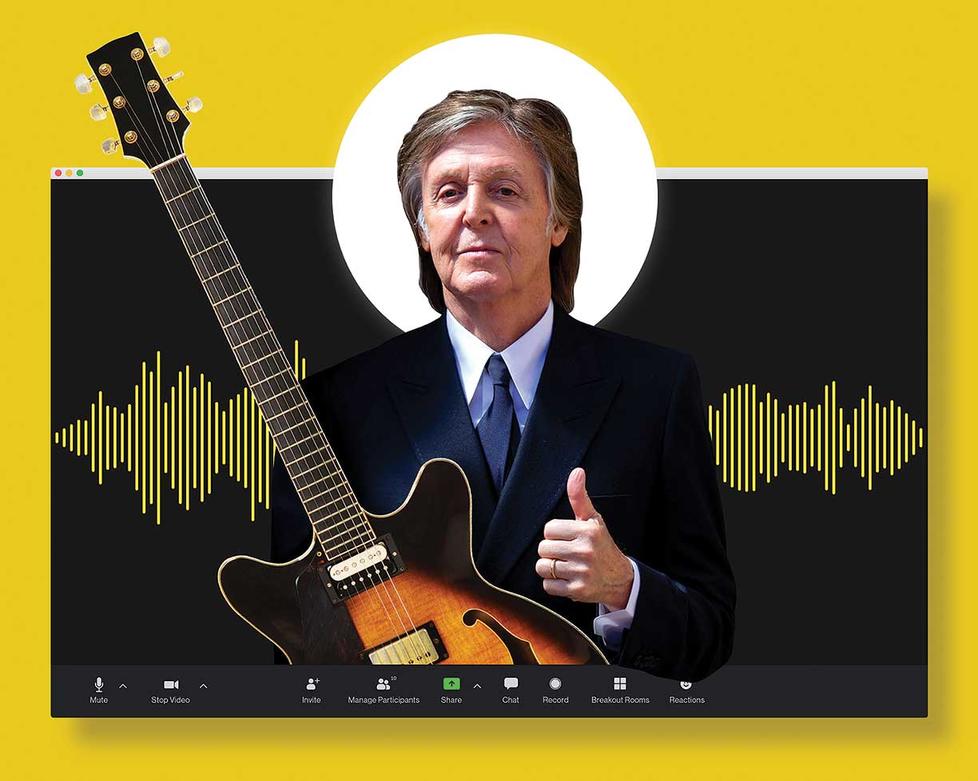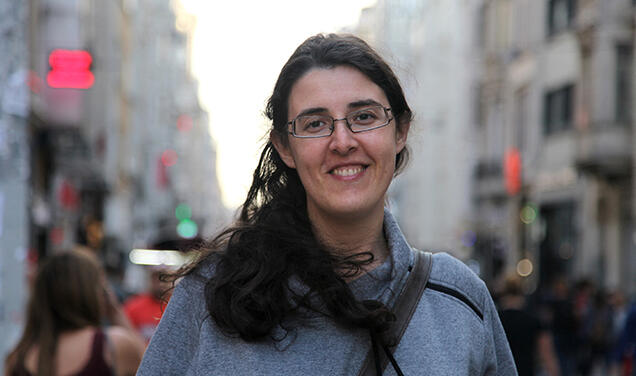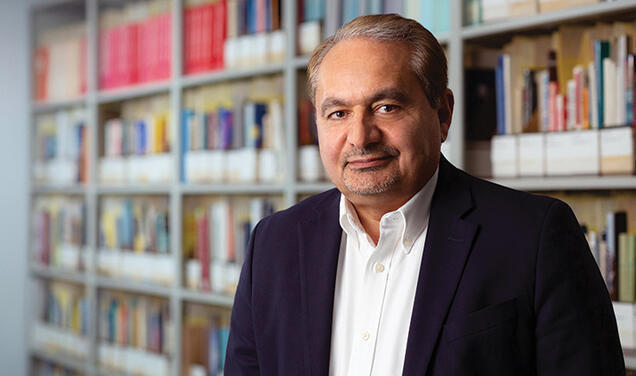
Students 0n the class Zoom call could barely believe their eyes. Some gasped. Others cheered. A few started crying tears of joy.
“IS THIS REAL?” asked Glenna Jane Galarion ’21 in the Zoom chat, as Sir Paul McCartney logged onto the Princeton Atelier course “How to Write a Song.” The students had the rare opportunity to have their work critiqued by the legendary Beatles musician and songwriter when McCartney, calling from New York, joined their virtual classroom in February.
“When we started listening to [my group’s] song, Paul McCartney started bobbing his head,” Galarion told PAW. “And I thought, ‘No way is Paul McCartney, the greatest songwriter in music history, grooving to our song right now!’”
“How to Write a Song,” taught by poet and Princeton creative writing professor Paul Muldoon, has been offered at Princeton in various forms. Bridget Kearney, a songwriter and bassist for the band Lake Street Dive and a former guest artist in the course, is co-teaching with Muldoon this year.
“We have an inordinate amount of fun in our class,” Muldoon said. “Every last one of [the students] is talented in some way.”
Every week, the 33 students in class are given a theme by Muldoon and Kearney, such as “protest” or “desire,” and hear a musical lesson from Kearney on elements including harmony, meter, and orchestration. They work in groups of four or five, and each group’s homework is to write and produce a full song. Class time is spent reviewing and discussing each song.
During the third week the theme was “loss,” and a new Zoom participant mysteriously labeled “Test Student” popped onto the screen. Unbeknownst to the students, Muldoon had reached out to McCartney about visiting. The two have known each other for years; the Pulitzer Prize–winning poet is collaborating with McCartney on the musician’s recently announced lyrical autobiography, due out in November.
When the students got over their initial awe, they settled in for a workshop full of incisive musical analysis and charmingly off-the-cuff stories.
McCartney listened as each group played its recording for him, and he gave specific advice to improve each song. He suggested that one group move an intriguing lyric to the top of its song, to grab listeners’ attention. He advised another that words should be sung as naturally as they are spoken — the flow of language shouldn’t be sacrificed for the sake of rhythm.
“He gave a lot of great advice on structure,” said William Hunt ’23. Anna McGee ’22 cited the “empowering feeling” of having McCartney critique her work, and Rohit Oomman ’24 appreciated learning to “let go of the idea of perfect.”
Several of the students said McCartney has been influential in their songwriting. “Paul McCartney is a genius,” said Oomman. “His influence is so far-reaching that it’s not really a question of ‘How has he influenced me?’ It’s like, ‘How has he not?’”
Muldoon has hosted other notable artists in past semesters, including Paul Simon, Rosanne Cash, and Steve Martin, but the class is “not about having stars in the room,” he said. “It’s about giving the students the opportunity to have a response to their work by another artist in the field.”
“How to Write a Song” is traditionally offered in person, featuring an end-of-semester concert of live student performances. Transitioning to Zoom, though, has allowed students to learn more about professional recording and production (key for future personal Spotify releases), and as Muldoon and Kearney noted, Zoom also facilitated McCartney’s surprise visit.
McCartney seemed inspired by the class. He told the students, “I must say, I love to see the young talent. And the kind of hopefulness. And the joy. The positivity. You know, even if it’s a sad song, just the fact that you wrote it is positive. And so, as far as I’m concerned, any message I can give you guys is: Hold onto that.”











2 Responses
Mike Axelrod *66
4 Years AgoA YouTube Recording Would Be Wonderful
A YouTube recording of this class would be wonderful. For those who aspire to contemporary composing, this would be an extraordinary experience.
Editor’s note: The class itself has not been shared, but students did have a virtual concert featuring some of the songs they created. A video of the concert is available from the Lewis Center here.
Matt Lembo ’02
4 Years AgoEarlier Versions of the Class
What a fun article! I thought you might be interested to know that this course has been offered since 1999, when I took it with Paul Muldoon and composer Daron Hagen.
Editor’s note: An earlier version of the story reported that Muldoon began teaching the class in 2010.